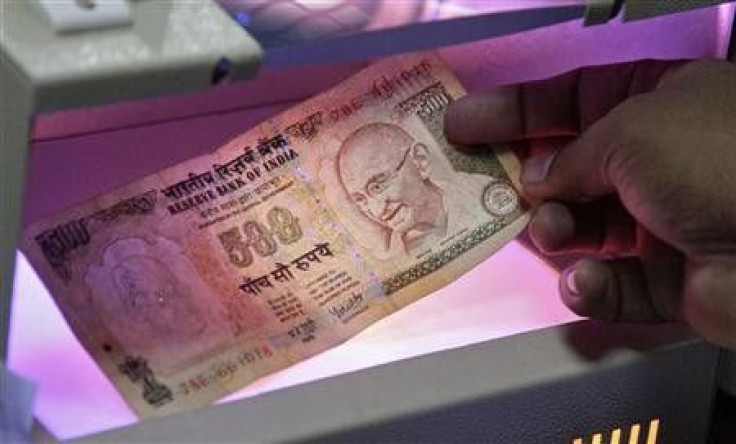Indian Economy Will Grow 6.9 Percent, Says World Bank Report

The Indian economy will grow by 6.9 percent in the current financial year despite government's inaction in policy reforms and the fiscal and current deficits that slackened economic growth, says the World Bank.
According to the World Bank's Global Economic Prospects report, published Tuesday, Growth in India was particularly weak due to monetary policy, stalled reforms, and electricity shortages, which, along with fiscal and inflation concerns, cut into investment activity.
India will see growth (measured at factor cost) increasing to 6.9, 7.2 and 7.4% in fiscal years 2012-13, 2013-14 and 2014-15, respectively, the report said.
The rate of India's economic growth declined to a nine-year-low of 6.5 percent in 2011-12. Government figures predict that the economy will grow at a rate of 7.6 percent in this financial year while private analysts put it between 5.6-6.7 percent.
The World Bank report cautioned the developing countries to plan for a long period of volatility in the global economy by re-emphasizing medium-term development strategies while preparing for tougher times. Although the developing world is better off economically, these countries need to reduce vulnerabilities and insulate themselves from negative global developments.
Where possible, developing countries need to move to reduce vulnerabilities by lowering short-term debt levels, cutting budget deficits and returning to a more neutral monetary policy stance. Doing so will provide them with more leeway to loosen policy, should global conditions take a sharp turn for the worse, said Andrew Burns, Manager of Global Macroeconomics and lead author of the report.
Stressing that global capital market and investor sentiments were likely to remain volatile over the medium term, Hans Timmer, Director of Development Prospects, World Bank, said that developing countries should focus on productivity-enhancing reforms and infrastructure investment instead of reacting to day-to-day changes in the international environment.
The report said that South East Asia policy uncertainties, fiscal deficits, entrenched inflation and infrastructure gaps would continue to weigh negatively on investment activity and were expected to limit regional growth to a relatively modest 6.4 percent in 2012, 6.5 percent in 2013 and 6.7 percent in 2014.
The World Bank report projected that growth in developing countries would slow down to a relatively weak 5.3 percent in 2012, before strengthening somewhat to 5.9 percent in 2013 and 6.0 percent in 2014.
© Copyright IBTimes 2024. All rights reserved.












